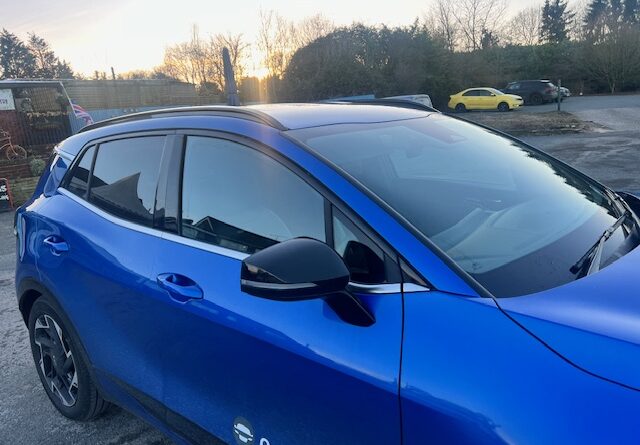Understanding Windscreen Damage and Repairs
Understanding the causes of windscreen damage, the types of repairs available, and the importance of timely intervention can help car owners maintain safety and avoid costly replacements. A vehicle’s windscreen, often referred to as the windshield, plays a critical role in ensuring both driver visibility and structural integrity. However, it is vulnerable to various types of damage ranging from minor chips to significant cracks.
Common Causes of Windscreen Damage
- Road Debris: Small stones and debris kicked up by other vehicles are the most frequent culprits. Even a tiny pebble can cause a noticeable chip if it strikes the windscreen at high speed.
- Temperature Extremes: Rapid changes in temperature can stress the glass. For instance, pouring hot water on a frosted windscreen can cause it to crack due to the sudden temperature difference.
- Accidents and Collisions: Even minor fender benders can result in cracks, particularly if the point of impact is near the edges of the windscreen.
- Improper Installation: A poorly installed windscreen can have weak points that are more susceptible to damage from everyday stresses and can cause wind noise and water ingress.
Types of Windscreen Damage
- Chips: These are small, localized damages typically caused by flying debris. If caught early, chips are usually easy to repair.
- Cracks: Cracks are longer than chips and can spread across the windscreen. They may start small but can quickly grow, especially if exposed to temperature changes or vibrations from driving.
- Star Breaks: These resemble a starburst pattern with multiple cracks radiating from a central point. Like chips, they can often be repaired if addressed promptly.
- Bullseye: This type of damage looks like a circular chip surrounded by a dark circle. It’s common from small stones and is usually repairable.
Repair vs. Replacement
The decision between repairing and replacing a windscreen depends on the size, type, and location of the damage.
- Repair: Ideal for small chips and cracks (usually less than a few inches long). Repairing involves injecting a special resin into the damaged area, which is then cured and polished. This process restores the structural integrity and clarity of the glass. Most insurance policies cover windscreen repairs, often with no deductible.
- Replacement: Necessary when the damage is extensive, such as long cracks or multiple chips. Damage near the edges of the windscreen often requires replacement due to the risk of compromising the structural integrity of the vehicle. While more costly than repair, replacement ensures safety and compliance with road safety regulations.
Importance of Timely Repairs
Ignoring windscreen damage can lead to several problems:
- Increased Damage: Small chips can quickly turn into large cracks, necessitating a full replacement.
- Safety Risks: A damaged windscreen can impair vision and compromise the structural support of the roof in a rollover accident.
- Legal Issues: Driving with a damaged windscreen can be illegal in many regions, leading to fines and penalties.
Preventative Measures
- Maintain Safe Following Distances: Keeping a safe distance from other vehicles, especially large trucks, can reduce the risk of debris impacts.
- Avoid Sudden Temperature Changes: Use gradual heating methods to defrost your windscreen, and avoid blasting hot air onto cold glass.
- Prompt Repairs: Address chips and cracks immediately to prevent them from spreading.
- Quality Installation: Ensure that any windscreen replacement is done by a reputable technician using high-quality materials to prevent future issues.
Conclusion
Windscreen damage, while common, doesn’t have to lead to expensive repairs or replacements if addressed promptly. By understanding the types of damage and the appropriate responses, car owners can maintain their vehicle’s safety and structural integrity. Regular inspections, prompt repairs, and preventative measures are key to extending the life of your windscreen and ensuring a clear, safe view of the road ahead. See guide to classic car buying.

